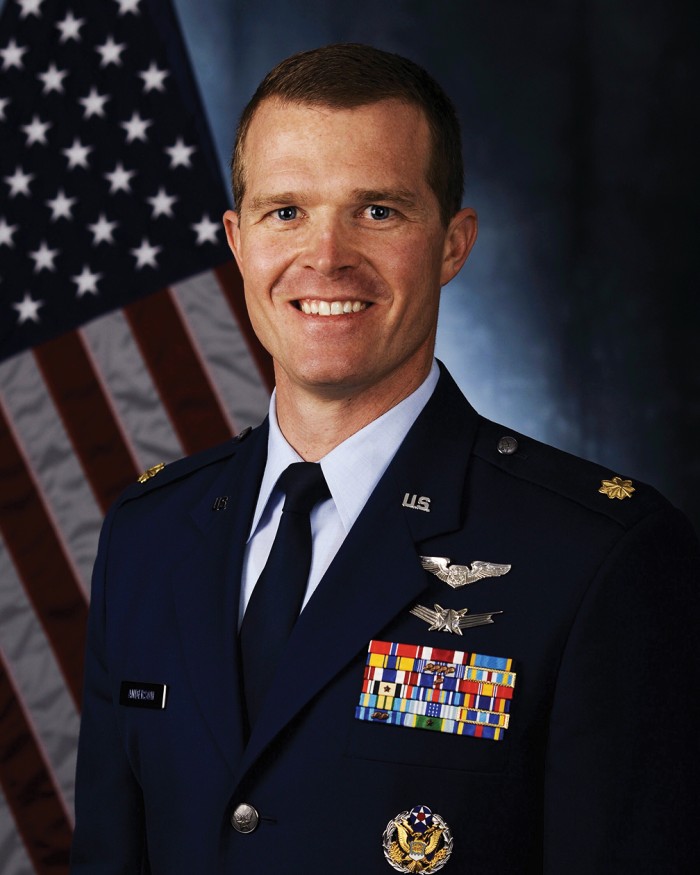White House Fellow Andrew Anderson, SM ’06, Helped Veterans Land Jobs in Tech Sector
When Major Andrew Anderson showed up at the East Wing for his first day as a White House Fellow in the Obama administration, he learned that his task was to find 100,000 jobs in the tech sector for veterans and military spouses. As a U.S. Air Force Academy graduate whose first assignment was to study aeronautics and astronautics at MIT, he wasn’t quite sure how to do that.
“I thought, I’m an engineer … I don’t know how to be a salesman,” recalls Anderson. “But I knew what veterans and military spouses could bring to this industry. I knew that sometimes companies overlook the value of hiring veterans, and sometimes vets themselves do not realize they can get a job in the tech sector doing exactly what they are doing in the military. In the end, it was simply about explaining the issue and letting industry leaders know how they could help.”
Anderson worked directly with companies to help reduce veteran unemployment through long-term hiring and training commitments. During his fellowship, more than 50 tech companies—including Amazon, AT&T, Microsoft, Boeing, and Lockheed Martin—pledged to hire and train more than 170,000 veterans and military spouses over the next five years.

“It was so thrilling to be a part of that,” says Anderson. “It wasn’t about politics. It was about finding out what’s possible and trying to do something that would mean the greatest amount of good for the greatest amount of people.”
After completing his White House post at the end of 2016, Anderson moved nearby to the Pentagon, where he is helping the Air Force develop the next generation of GPS satellites. In July, Anderson and his wife, Brooks, and their children, Asher, Eleanor, and Lydia Joy, plan to head to Alabama, where he intends to study air and space strategy at the Air Force School of Advanced Air and Space Studies.
In the military, Anderson has had some exciting assignments, including serving as the director of a classified Department of Defense system and a flight test engineer. He was also deployed to Iraq as an electronic warfare officer.
He is grateful for those opportunities. “I think going to MIT right after the academy is what set a lot of amazing things in motion,” he says. “It was the best opportunity I could have had at the time, and it gave me the technical expertise I would need to solve some tough challenges in the Air Force right after MIT. Now it’s no longer about what I want to do; it’s about what the Air Force needs from me.”
Keep Reading
Most Popular
Large language models can do jaw-dropping things. But nobody knows exactly why.
And that's a problem. Figuring it out is one of the biggest scientific puzzles of our time and a crucial step towards controlling more powerful future models.
The problem with plug-in hybrids? Their drivers.
Plug-in hybrids are often sold as a transition to EVs, but new data from Europe shows we’re still underestimating the emissions they produce.
Google DeepMind’s new generative model makes Super Mario–like games from scratch
Genie learns how to control games by watching hours and hours of video. It could help train next-gen robots too.
How scientists traced a mysterious covid case back to six toilets
When wastewater surveillance turns into a hunt for a single infected individual, the ethics get tricky.
Stay connected
Get the latest updates from
MIT Technology Review
Discover special offers, top stories, upcoming events, and more.